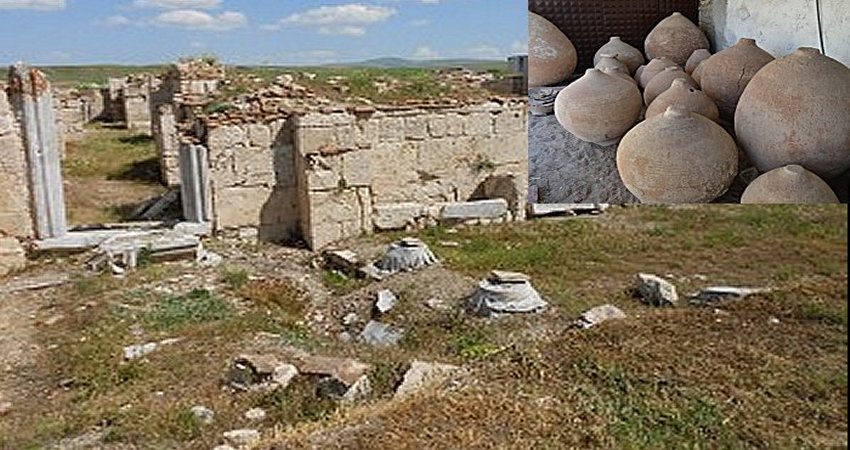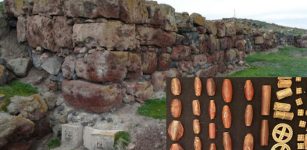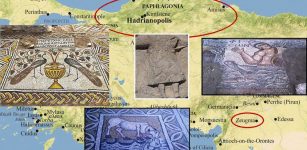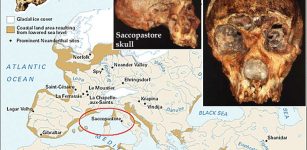Oldest Evidence Of Warfare – Prehistoric Massacre In Kenya Discovered
MessageToEagle.com – A group of hunter-gatherers killed on the shores of Lake Turkana, Kenya some 10,000 years ago has been uncovered by a team from the Leverhulme Center for Human Evolutionary Studies at the University of Cambridge.
Researchers say this is the oldest evidence of human warfare, fossils of a band of 27 people from a Stone Age hunter-gatherer culture, massacred by a troop of attackers with weapons including arrows, clubs and stone blades.
The site of the discovery is called Nataruk roughly 20 miles (30 km) west of Lake Turkana in northern Kenya.
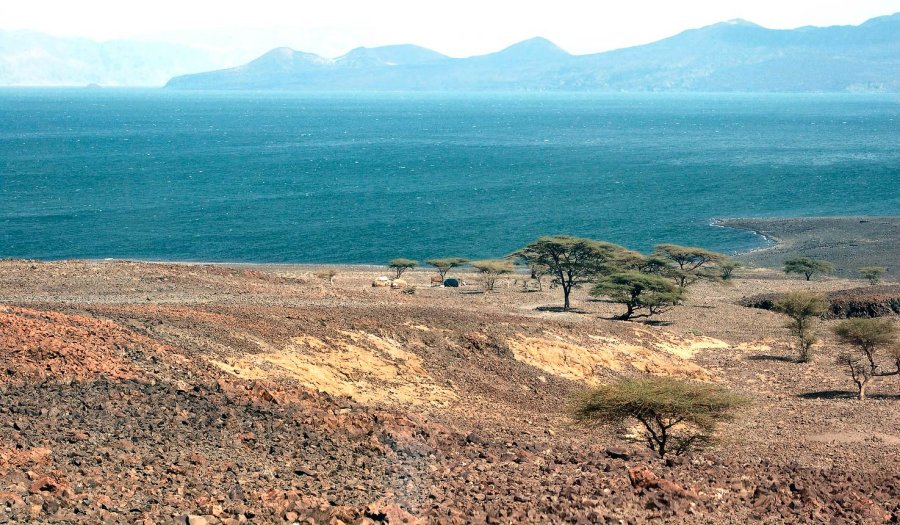
The incomplete remains include the remains of at least eight women—one of them pregnant—and six children. All of the remains had been left where they fell. The position of the hands of four of the individuals suggest that they had been bound.
Ten of the sets of remains showed clear signs of violent death, including extreme blunt-force trauma to crania and cheekbones, broken hands, knees, and ribs, and arrow lesions to the neck. Projectile tips were found embedded in the skull and thorax of two men.
“The Nataruk massacre may have resulted from an attempt to seize resources – territory, women, children, food stored in pots – whose value was similar to those of later food-producing agricultural societies, among whom violent attacks on settlements became part of life,” said Mirazón Lahr.
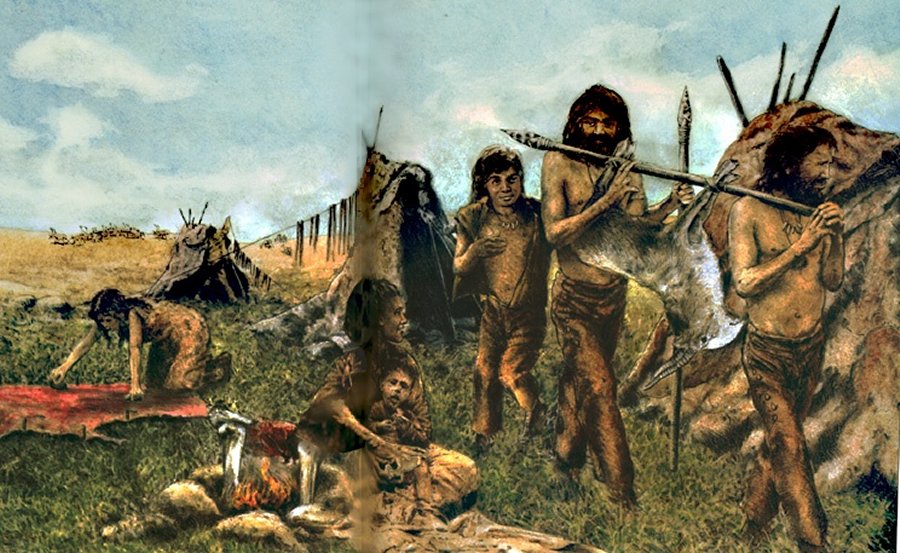
“This would extend the history of the same underlying socio-economic conditions that characterise other instances of early warfare: a more settled, materially richer way of life. However, Nataruk may simply be evidence of a standard antagonistic response to an encounter between two social groups at that time.”
According to paleoanthropologist Marta Mirazón Lahr from the University of Cambridge, evidence shows that these people were murdered attack by raiders, most probably from another region.
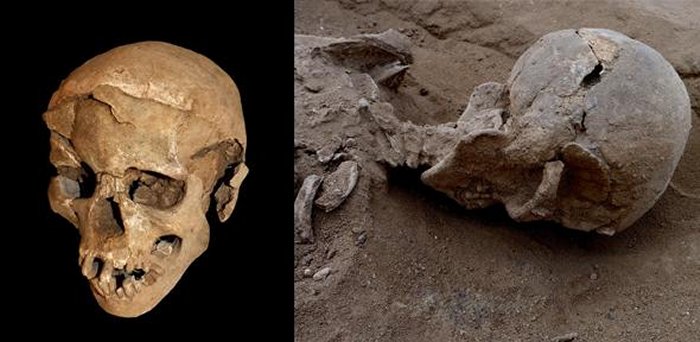
“The deaths at Nataruk are testimony to the antiquity of inter-group violence and war. These human remains record the intentional killing of a small band of foragers with no deliberate burial, and provide unique evidence that warfare was part of the repertoire of inter-group relations among some prehistoric hunter-gatherers,” project director Marta Mirazón Lahr said in a press release.
They estimate the event occurred between 9,500 to 10,500 years ago, around the start of the Holocene: the geological epoch that followed the last Ice Age.
“The Nataruk fossils “raise the question of whether warfare has been part of the human experience for much longer than previously thought,” Mirazón Lahr said.
The research appeared in the journal Nature.
MessageToEagle.com
source: University of Cambridge


